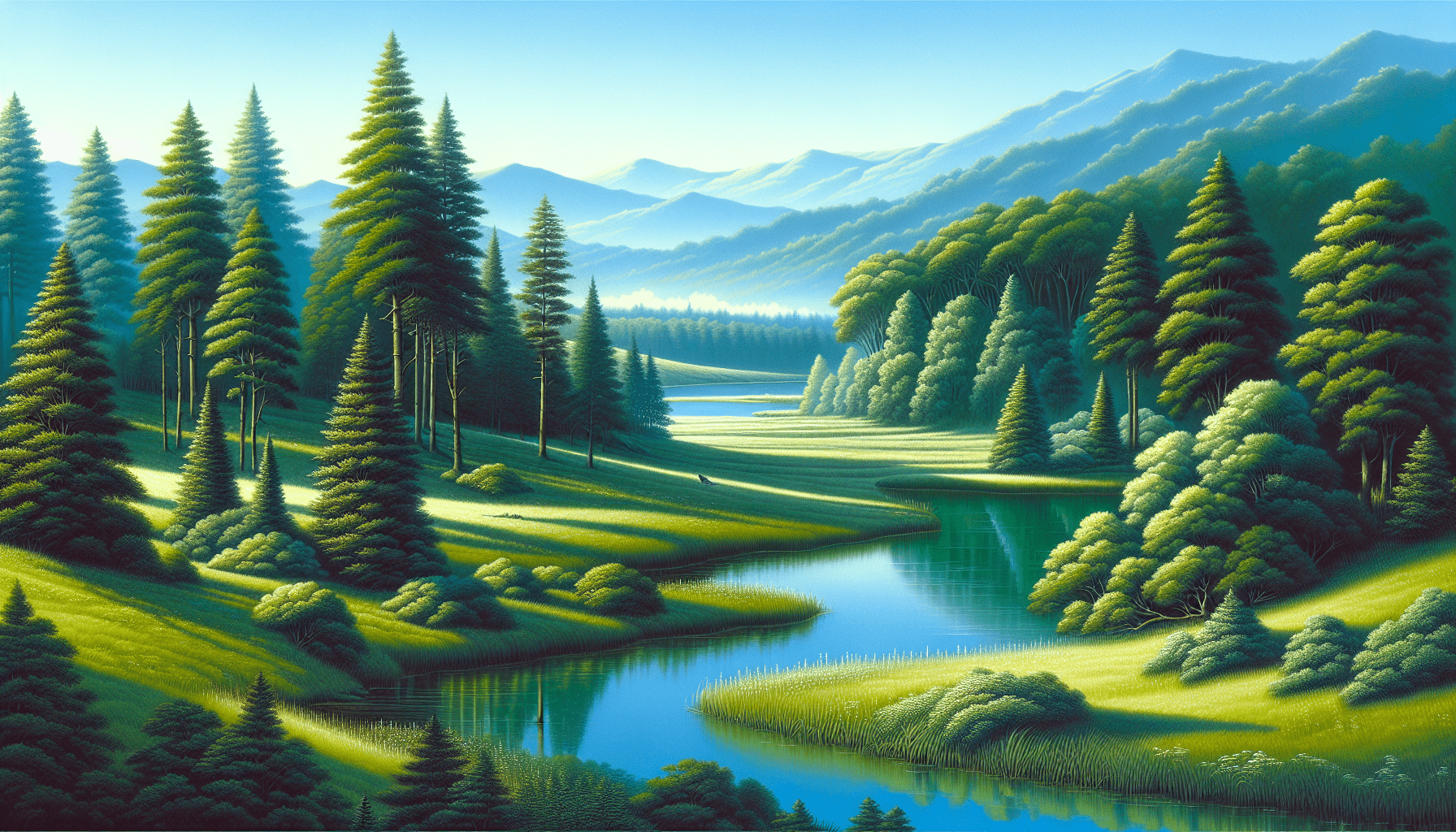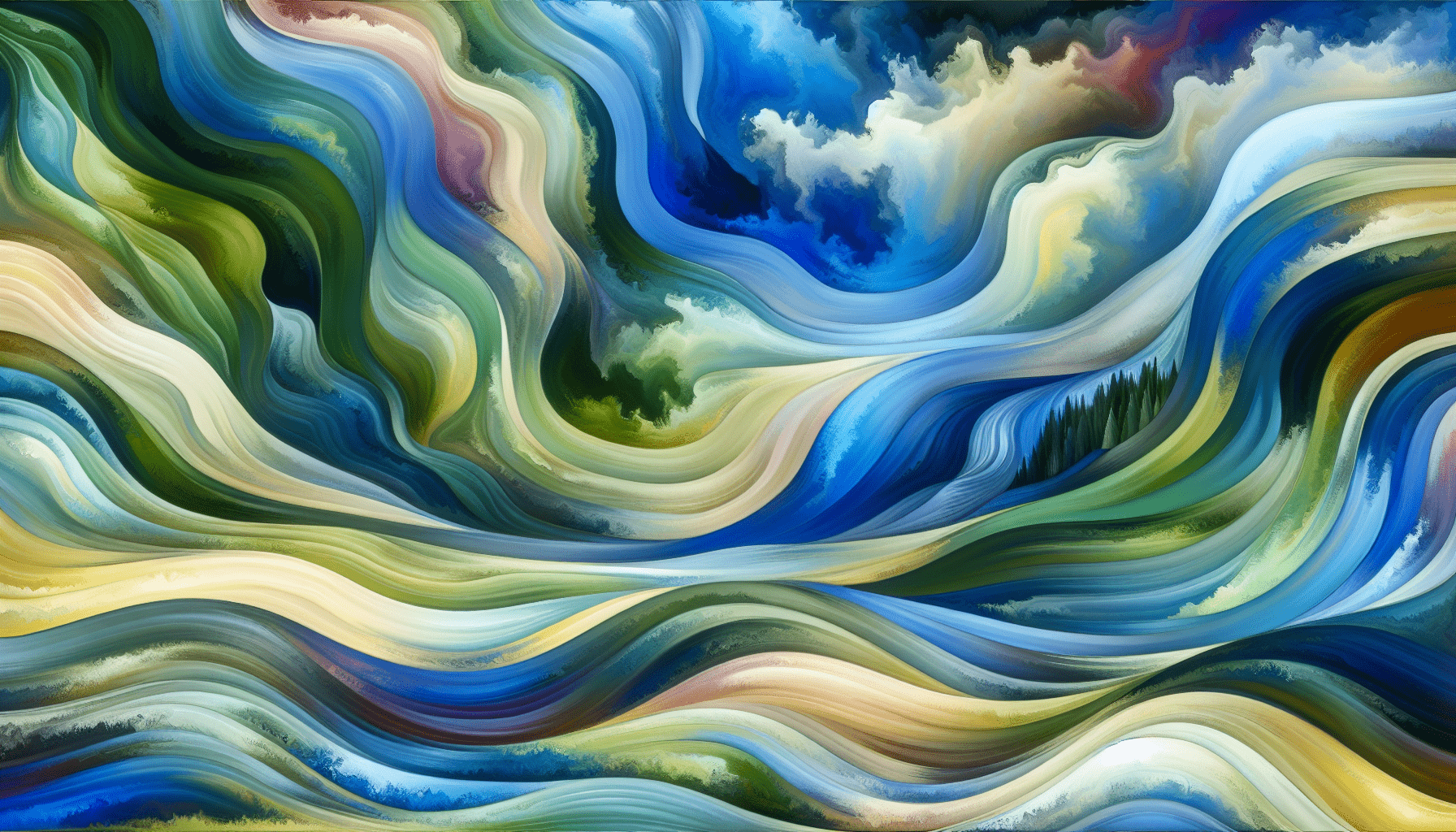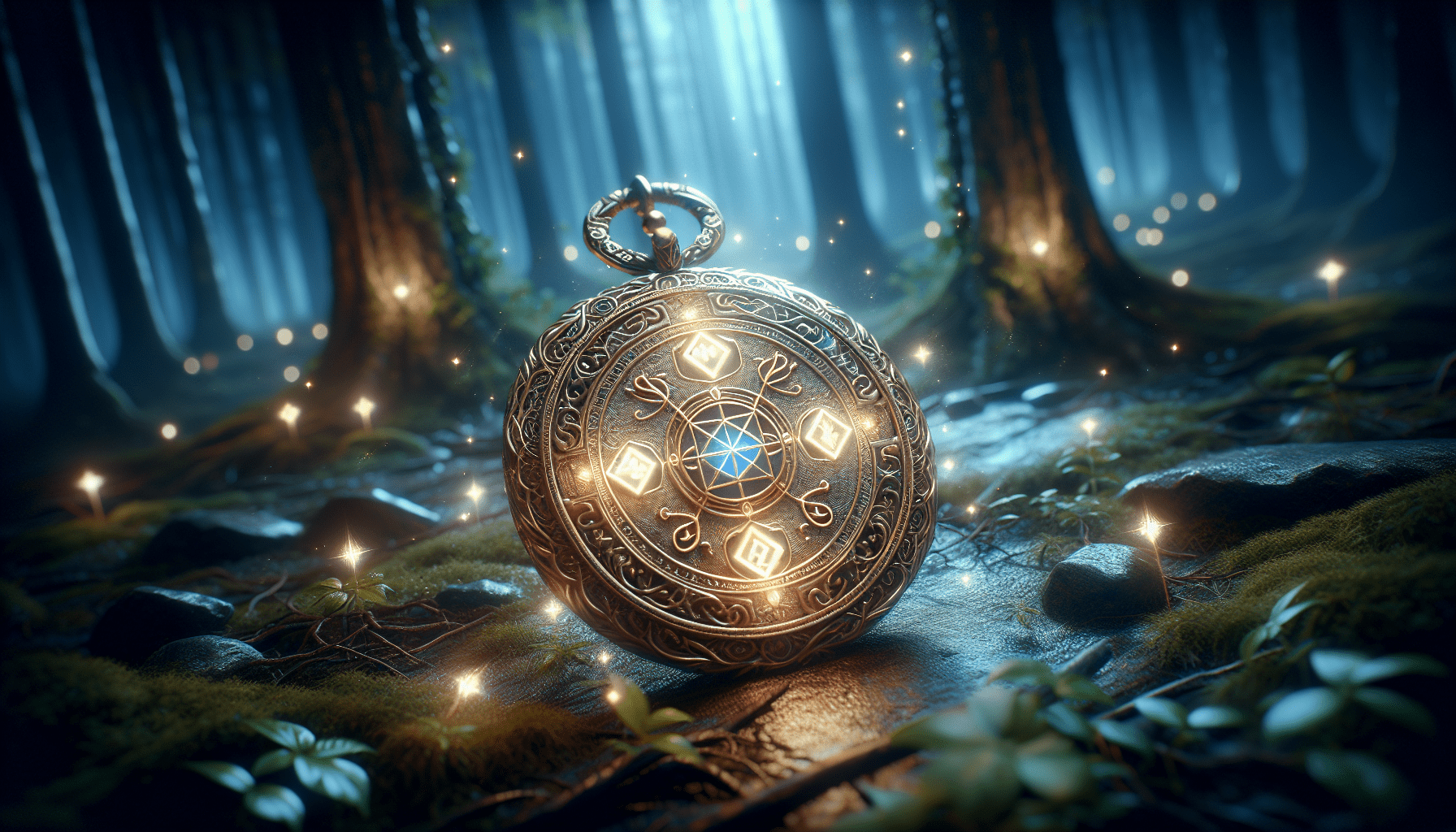Is landscape painting truly realism, or is it more of an artistic interpretation of the natural world? This is a question that has intrigued art historians and enthusiasts for centuries. Landscape painting has been a significant genre in the history of art, captivating viewers with its ability to depict natural scenery ranging from serene rural settings to dramatic mountain vistas. To understand whether landscape painting can be considered realism, one must explore its evolution, characteristics, and the philosophical and technical approaches artists have adopted over time.
Understanding Realism in Art
To explore if landscape painting aligns with realism, it is crucial to first define what realism means in the context of art. Realism is an artistic movement that began in the mid-19th century, characterized by a focus on depicting subjects as they appear in everyday life, without embellishment or interpretation. It was a response to the idealized depictions of Romanticism and aimed to represent the ordinary and mundane aspects of life with accuracy and truth.
Characteristics of Realism
Realism aims to portray subjects in a natural, accurate, and detailed manner. Artists often depict ordinary people and surroundings, focusing on truth and objectivity rather than exaggeration or idealization. This can include the portrayal of social class struggles, working conditions, and the grittier aspects of life.
Origin of Realism in Art
The movement began in France during the 1840s, as artists such as Gustave Courbet and Jean-François Millet sought to challenge the dominant artistic conventions of their time. This shift was inspired by the social changes brought about by the Industrial Revolution and a desire to present a more truthful depiction of the world around them.
The Role of Landscape in Art
Landscape painting has been a prominent genre for centuries, evolving alongside various art movements. By examining the role of landscape in art history, you can better assess if it aligns with the principles of realism.
Historical Overview
Landscapes were not always considered a primary subject in Western art. Initially, they served as backgrounds for religious, historical, or mythological scenes. However, during the Renaissance and Baroque periods, artists began to recognize the intrinsic beauty of nature. By the 17th and 18th centuries, landscape painting had become a vital genre in its own right.
Evolution of Landscape Painting
Throughout the years, the depiction of landscapes evolved to incorporate a range of artistic styles and interpretations. Artists like Claude Lorrain and Jacob van Ruisdael depicted idealized landscapes, often with religious or allegorical meanings. The Romantic movement later introduced emotive and dramatic landscapes, showcasing nature’s power and sublimity.
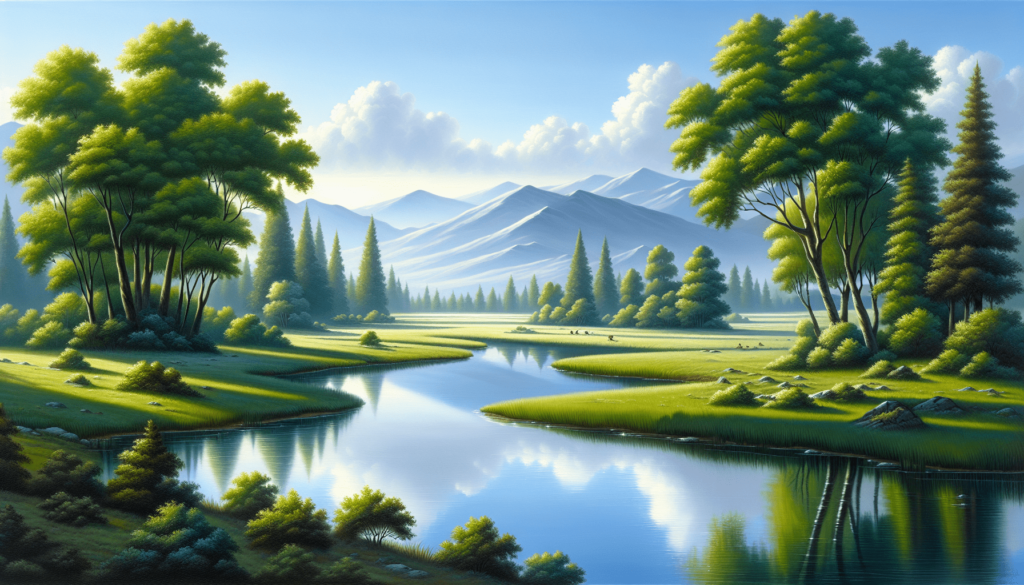
Realism in Landscape Painting
Does landscape painting inherently embody the qualities of realism, or does it tend toward interpretation and idealization? Examining specific movements and artists in landscape painting helps clarify this relationship.
Realist Landscape Painters
With realism’s emphasis on truthful representation, some landscape artists sought to depict the world with precision and detail. Artists like Camille Corot and John Constable are notable for their attempts to capture the authenticity of natural settings. Constable, for instance, is famous for his depiction of the English countryside, striving to represent meteorological effects and lighting honestly.
| Artist | Approach to Realism in Landscape Painting |
|---|---|
| Camille Corot | Incorporating precise detail and light effects |
| John Constable | Emphasizing authentic weather and lighting conditions |
Impressionism and Its Influence
Impressionism, which followed realism, focused on the play of light and color, representing a shift toward capturing the fleeting essence of a landscape. Although not strictly realist, Impressionists like Claude Monet emphasized accuracy in portraying the changing conditions of light and atmosphere, contributing to the discussion of realism in landscape art.
Is Landscape Painting Always Realism?
While certain aspects of landscape painting align with realism, it is not uniformly so. Many landscape artists employ creative license, altering scenes to convey a particular emotion or aesthetic quality.
Artistic Interpretation
In many instances, landscape painters choose to manipulate elements such as color, form, and perspective to express a mood or theme. This approach is more aligned with the Romantic or subjective schools of art rather than strict realism.
Idealization vs. Realism
Idealized landscapes often depict nature as harmonious and untouched, which contrasts with the realist focus on the unembellished portrayal of life. This idealization can be seen in the works of artists from the Hudson River School, who created grand, utopian visions of the American wilderness.
Subjectivity in Landscape Painting
The subjective nature of landscape painting means that even works that strive for realism can contain elements of personal interpretation. This subjectivity complicates the classification of landscape painting wholly as realism since individual perspectives inevitably shape artistic outcomes.
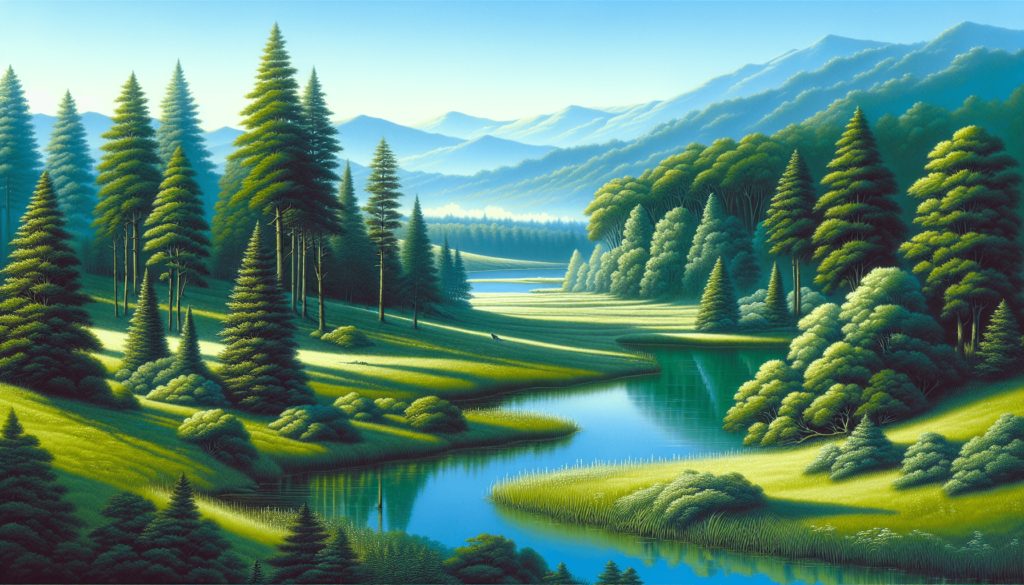
The Technical Aspects of Realism in Landscape Painting
The techniques artists use can provide insight into whether their work aligns with realism. The application of various methods can highlight an artist’s intention to depict a scene realistically or otherwise.
Techniques Used in Realistic Landscape Painting
Realist landscape painters often employ meticulous brushwork, perspective, and color theory to achieve true-to-life representation. Mastery of these techniques enables artists to capture fine details, such as the texture of foliage or the subtleties of light and shadow.
Detailing and Perspective
Attention to detail and accurate perspective are critical in achieving realism. Artists use grid systems or other tools to ensure proportion and scale are accurately represented, helping to create a convincing depiction of a three-dimensional landscape on a flat canvas.
Philosophical Considerations
Beyond technique and historical context, philosophical perspectives on art influence the perception of landscape painting as realism.
The Purpose of Depiction
Some argue that landscape painting’s goal is not merely to replicate nature but to interpret and understand it. From this standpoint, even realistic depictions are not simple mirroring acts but are imbued with philosophical or emotional interpretation.
The Artist’s Role
The artist’s perspective is critical in determining whether or not a landscape painting falls under realism. If the artist’s aim is to capture the essence of the scene without alteration, then it is more likely to be considered realist. However, if the intent includes emotive or symbolic components, the painting may venture into other realms.
Conclusion: The Complexity of Classification
Determining whether landscape painting wholly qualifies as realism is complex due to its artistic diversity and historical evolution. While certain aspects of landscape painting align with realism, such as the emphasis on accuracy and detail, many works also embrace interpretation and idealization.
Ultimately, the classification of landscape painting as realism depends on the specific context, artist intentions, and techniques employed. The intersection of meticulous realism and artistic interpretation enhances the rich tapestry of landscape art, often resulting in compelling works that resonate with diverse audiences. The dynamic between these elements highlights the multifaceted nature of art itself, suggesting that landscape painting can indeed embody realism, but not exclusively so.
